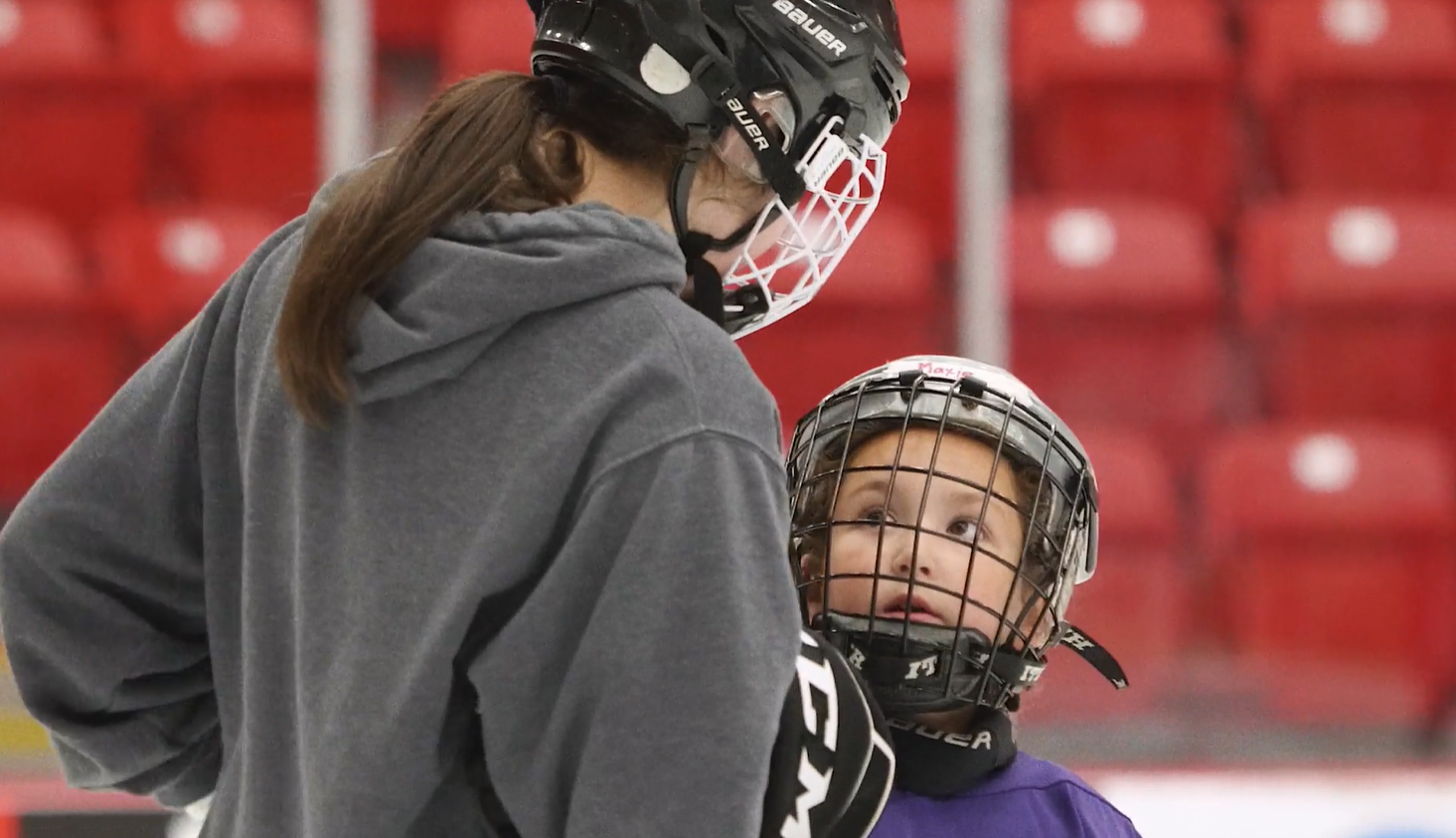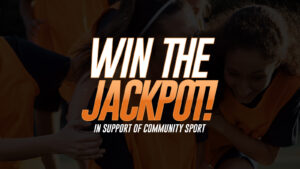Q&A – Ryan Francis and the Indigenous Girls Hockey Program
In honour of Mi’kmaq History Month, we spoke with Ryan Francis, one of the driving forces behind the Indigenous Girls Hockey Program. Historically, Indigenous girls have been forgotten in the sport world. This program breaks barriers to provide these girls with the opportunity to hit the ice.
Q. What barriers does the Indigenous Girls Hockey Program tackle to make hockey more accessible for Indigenous girls?
A. The program makes an effort to address all potential barriers like cost (by providing equipment and removing registration fees) and leadership by having an intentional strategy around supporting Indigenous women in coaching and administration roles.
The program’s true success is the fact that it draws attention to a more meaningful sense of belonging. It is this sense of belonging that allows the program to be responsive to the needs of the participants rather than the participant having to respond to the conditions of the program.
Q. Now that the program has been up and running for three years, how have you seen the program benefit the girls involved?
A. The program equips the participants with the skills and confidence to continue playing the game in the way they are most comfortable. For some, that means continuing in the program year after year, for some, it means playing for their community in various tournaments, and for some, it means playing in minor hockey. It’s powerful to see participants exercise these choices.
The program is also contributing to the growth of the game. For example, the program itself has contributed to exponential growth within the Cape Breton Blizzard. This indicates that the program supports the growth and sustainability of minor hockey. It also indicates that this space which has historically excluded many is becoming more inclusive as there is a greater representation.
Most importantly, the program has built a strong network of Indigenous women and girls in the game. It’s rewarding to see the strength in that connection – as it grows not just skills and confidence within hockey but for many, builds a greater connection to self and community.
Q. What are your hopes for the Indigenous Girls Hockey Program in the future?
A. Our hope for the program is that it continues to be responsive to the needs of its locations and expands to areas in which there is expressed interest. Our desire is that ownership is not one specific organization (or a collection of organizations) but actually in the hands of the participants. Our hope is that capacity continues to grow amongst our on-ice leaders and administrators and that it becomes cyclical within our communities (participants becoming leaders).
We have begun to see players who began playing hockey in this program begin to play in other settings. Our greatest hope is that in whatever way they choose to participate in hockey, their participation and success are achieved not despite a system but rather their success is a story in which she excelled in an environment where she was heard, seen, understood, and celebrated.
It’s an important note to make that the program itself isn’t the change but rather those who participate in it as players, coaches, and leaders. That’s the future and the program’s hope is whatever theirs is.







